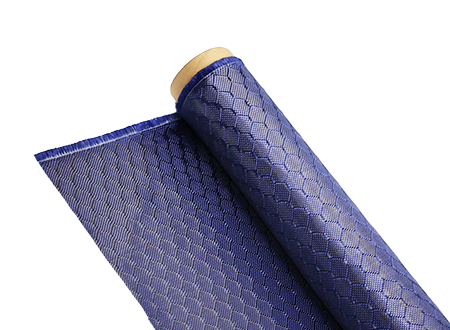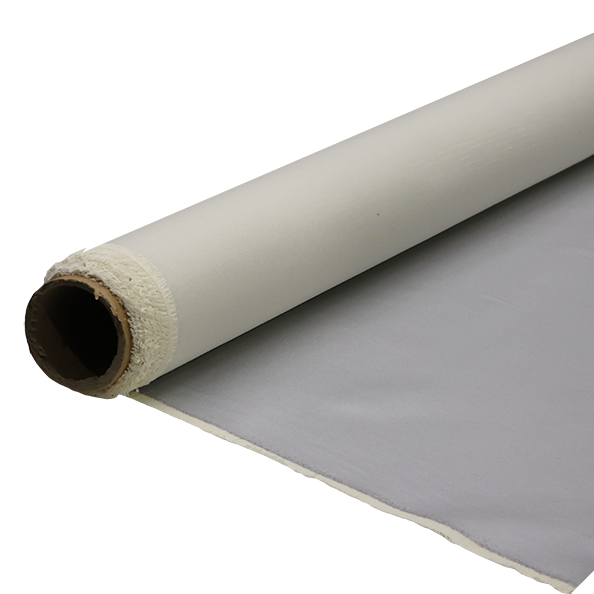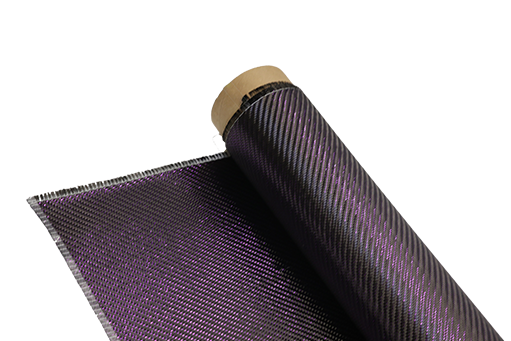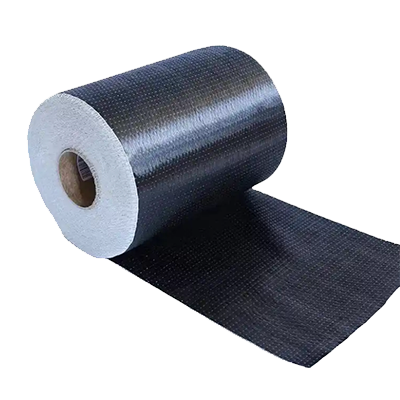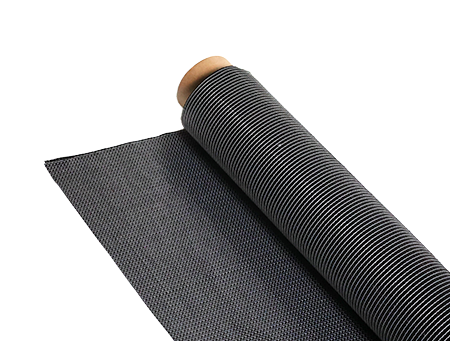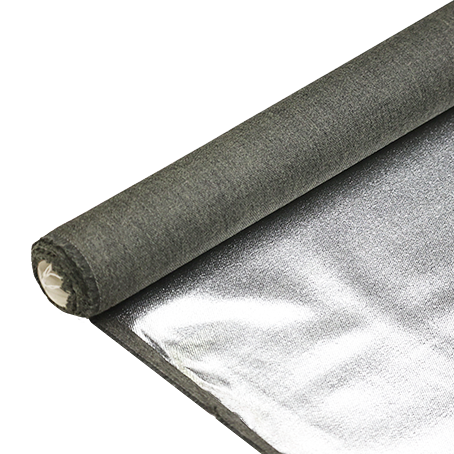Global Demand for Carbon Fiber Expected to Surge by 2026
-
Table of Contents
“Carbon Fiber Demand Set to Soar: A Surge Expected by 2026!”
Introduction
The global demand for carbon fiber is projected to experience significant growth by 2026, driven by its increasing applications across various industries, including aerospace, automotive, sports equipment, and renewable energy. As manufacturers seek lightweight, high-strength materials to enhance performance and fuel efficiency, carbon fiber’s unique properties make it an attractive choice. Additionally, advancements in production technologies and a growing emphasis on sustainability are further propelling its adoption. This surge in demand is expected to reshape market dynamics, leading to innovations and increased competition among key players in the carbon fiber industry.
Rising Applications of Carbon Fiber in Automotive Industry
The automotive industry is undergoing a significant transformation, driven by the need for lightweight materials that enhance fuel efficiency and reduce emissions. Among the materials gaining prominence in this sector is carbon fiber, a composite known for its exceptional strength-to-weight ratio. As manufacturers strive to meet stringent environmental regulations and consumer demands for more efficient vehicles, the applications of carbon fiber are expected to rise dramatically in the coming years. This surge in demand is not merely a trend; it reflects a fundamental shift in how vehicles are designed and constructed.
One of the primary reasons for the increasing adoption of carbon fiber in the automotive industry is its ability to significantly reduce vehicle weight. Traditional materials such as steel and aluminum, while durable, contribute to the overall mass of a vehicle, which in turn affects fuel consumption and performance. In contrast, carbon fiber is considerably lighter, allowing manufacturers to create vehicles that are not only more efficient but also capable of achieving higher speeds and improved handling. As automakers continue to innovate, the integration of carbon fiber into various components, including body panels, chassis, and interior elements, is becoming more commonplace.
Moreover, the automotive sector is witnessing a growing emphasis on electric vehicles (EVs), which further amplifies the demand for lightweight materials. EVs require efficient energy use to maximize battery life and range, making carbon fiber an ideal choice for manufacturers looking to enhance performance without compromising on safety or structural integrity. The lightweight nature of carbon fiber allows for larger battery packs without significantly increasing the vehicle’s weight, thus improving overall efficiency. As the market for electric vehicles expands, the role of carbon fiber is expected to become even more critical.
In addition to weight reduction, carbon fiber offers superior durability and resistance to corrosion, which are essential attributes for automotive applications. Unlike traditional materials that may degrade over time due to environmental factors, carbon fiber maintains its structural integrity, ensuring longevity and reliability. This durability not only enhances the lifespan of vehicles but also reduces maintenance costs for consumers, making carbon fiber an attractive option for manufacturers aiming to provide high-quality products.
Furthermore, the aesthetic appeal of carbon fiber cannot be overlooked. Its unique texture and finish have made it a popular choice for high-performance and luxury vehicles, where design plays a crucial role in consumer appeal. As automakers increasingly focus on creating visually striking vehicles, the incorporation of carbon fiber elements can elevate the overall design, attracting a broader range of customers. This trend is particularly evident in sports cars and premium models, where performance and aesthetics go hand in hand.
As the automotive industry continues to evolve, the rising applications of carbon fiber are poised to reshape the landscape of vehicle manufacturing. With advancements in production techniques and a growing understanding of the material’s benefits, the integration of carbon fiber into mainstream automotive design is becoming more feasible. Consequently, the global demand for carbon fiber is expected to surge by 2026, driven by its multifaceted advantages in weight reduction, durability, and aesthetic appeal. As manufacturers embrace this innovative material, the future of the automotive industry looks increasingly promising, paving the way for more efficient, sustainable, and visually captivating vehicles. The journey toward a greener automotive future is undoubtedly intertwined with the rising prominence of carbon fiber, marking a pivotal moment in the evolution of vehicle design and engineering.
Impact of Aerospace Innovations on Carbon Fiber Demand

The aerospace industry has long been at the forefront of technological advancements, and its innovations are significantly influencing the demand for carbon fiber. As aircraft manufacturers strive to enhance fuel efficiency, reduce weight, and improve overall performance, the adoption of advanced materials like carbon fiber has become increasingly critical. This shift is not merely a trend; it represents a fundamental change in how aircraft are designed and constructed, leading to a projected surge in global demand for carbon fiber by 2026.
One of the primary drivers of this demand is the aerospace sector’s commitment to sustainability. With growing concerns about climate change and environmental impact, manufacturers are under pressure to develop aircraft that consume less fuel and emit fewer greenhouse gases. Carbon fiber, known for its high strength-to-weight ratio, offers a compelling solution. By replacing traditional materials such as aluminum and steel with carbon fiber composites, manufacturers can significantly reduce the weight of aircraft. This reduction not only enhances fuel efficiency but also allows for greater payload capacity, making flights more economically viable.
Moreover, the introduction of new aircraft models, such as the Boeing 787 Dreamliner and the Airbus A350, has further accelerated the integration of carbon fiber into aerospace design. These aircraft utilize carbon fiber reinforced polymer (CFRP) extensively in their structures, showcasing the material’s advantages in real-world applications. As these models gain popularity and as airlines seek to modernize their fleets, the demand for carbon fiber is expected to rise correspondingly. The trend is not limited to commercial aviation; military applications are also increasingly incorporating carbon fiber to enhance performance and reduce weight, further driving demand in this sector.
In addition to weight reduction and fuel efficiency, the durability and corrosion resistance of carbon fiber composites make them an attractive choice for aerospace applications. Unlike traditional materials, carbon fiber does not corrode, which translates to lower maintenance costs and longer service life for aircraft. This characteristic is particularly appealing to airlines looking to minimize operational costs while maximizing aircraft availability. As a result, the aerospace industry is likely to continue investing in carbon fiber technologies, further solidifying its position as a preferred material.
Furthermore, advancements in manufacturing processes are making carbon fiber more accessible and cost-effective. Innovations such as automated fiber placement and 3D printing are streamlining production, reducing waste, and lowering costs associated with carbon fiber components. As these technologies mature, they will enable manufacturers to produce carbon fiber parts at scale, thereby meeting the increasing demand from the aerospace sector. This evolution in manufacturing capabilities is expected to play a crucial role in the anticipated surge in carbon fiber demand by 2026.
In conclusion, the impact of aerospace innovations on carbon fiber demand is profound and multifaceted. As the industry continues to prioritize sustainability, efficiency, and performance, the shift towards carbon fiber composites is not only inevitable but essential. The combination of new aircraft designs, the need for reduced operational costs, and advancements in manufacturing processes will collectively drive the demand for carbon fiber to unprecedented levels. As we look towards the future, it is clear that the aerospace sector will remain a pivotal player in shaping the landscape of carbon fiber utilization, ultimately contributing to a more sustainable and efficient aviation industry.
Sustainability Trends Driving Carbon Fiber Market Growth
The global demand for carbon fiber is anticipated to experience significant growth by 2026, driven largely by sustainability trends that are reshaping various industries. As environmental concerns become increasingly prominent, manufacturers and consumers alike are seeking materials that not only enhance performance but also contribute to a more sustainable future. Carbon fiber, known for its lightweight and high-strength properties, is emerging as a preferred choice across multiple sectors, including automotive, aerospace, and construction.
One of the primary factors propelling the demand for carbon fiber is the automotive industry’s shift towards lightweight materials. As governments worldwide implement stricter emissions regulations, automakers are under pressure to reduce vehicle weight to improve fuel efficiency and lower carbon footprints. Carbon fiber offers a compelling solution, as it is significantly lighter than traditional materials like steel and aluminum, while also providing superior strength. Consequently, many manufacturers are increasingly incorporating carbon fiber into their vehicle designs, not only to meet regulatory requirements but also to appeal to environmentally conscious consumers.
In addition to the automotive sector, the aerospace industry is also embracing carbon fiber as a means to enhance sustainability. Aircraft manufacturers are continually seeking ways to reduce fuel consumption and emissions, and carbon fiber composites play a crucial role in achieving these goals. By utilizing carbon fiber in the construction of aircraft components, manufacturers can produce lighter, more fuel-efficient planes. This trend is further supported by the growing demand for air travel, which necessitates innovations that can accommodate increased passenger numbers while minimizing environmental impact. As a result, the aerospace sector is expected to be a significant contributor to the rising demand for carbon fiber in the coming years.
Moreover, the construction industry is recognizing the benefits of carbon fiber in promoting sustainability. As urbanization accelerates and infrastructure demands increase, there is a pressing need for materials that can withstand the test of time while minimizing environmental degradation. Carbon fiber-reinforced concrete, for instance, offers enhanced durability and strength, allowing for longer-lasting structures that require less maintenance. This not only reduces the need for frequent repairs but also lessens the overall environmental impact associated with construction activities. Consequently, the integration of carbon fiber into construction practices is gaining traction, further driving market growth.
Transitioning to renewable energy applications, carbon fiber is also making significant inroads in the wind energy sector. Wind turbine blades, which require materials that can withstand harsh environmental conditions while remaining lightweight, are increasingly being manufactured using carbon fiber composites. This shift not only enhances the efficiency of wind energy production but also aligns with global efforts to transition towards cleaner energy sources. As the demand for renewable energy continues to rise, the role of carbon fiber in optimizing wind turbine performance is expected to expand, further bolstering market growth.
In conclusion, the surge in global demand for carbon fiber by 2026 can be attributed to a confluence of sustainability trends across various industries. From automotive and aerospace to construction and renewable energy, the material’s unique properties are being harnessed to meet the growing need for environmentally friendly solutions. As industries continue to prioritize sustainability, the carbon fiber market is poised for substantial growth, reflecting a broader commitment to reducing environmental impact and promoting a more sustainable future.
Q&A
1. **What is driving the increase in global demand for carbon fiber by 2026?**
The increase in demand is primarily driven by the aerospace, automotive, and renewable energy sectors, which are seeking lightweight and high-strength materials to improve fuel efficiency and performance.
2. **What are the projected growth rates for the carbon fiber market by 2026?**
The carbon fiber market is expected to grow at a compound annual growth rate (CAGR) of around 10-15% from 2021 to 2026.
3. **Which regions are expected to contribute most significantly to the growth of the carbon fiber market?**
North America and Asia-Pacific are expected to be the largest contributors to market growth, with significant investments in manufacturing and technology advancements in these regions.

